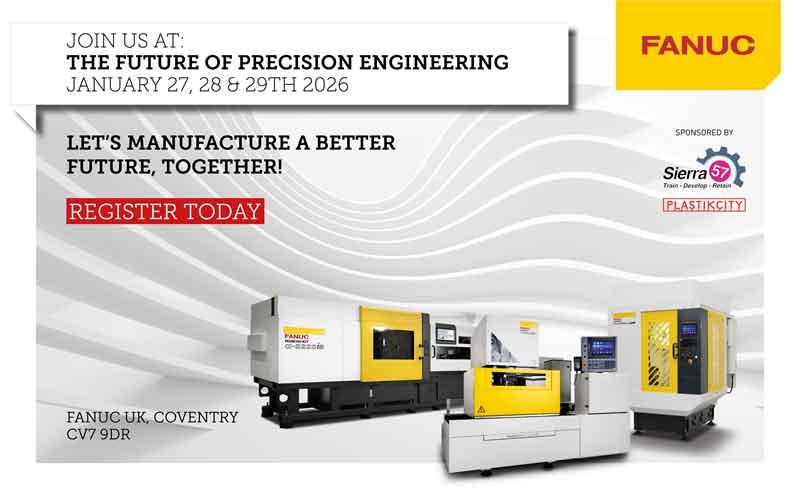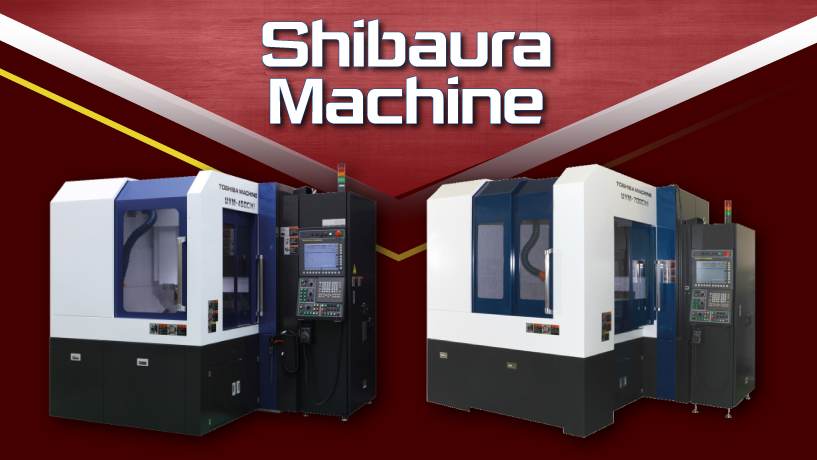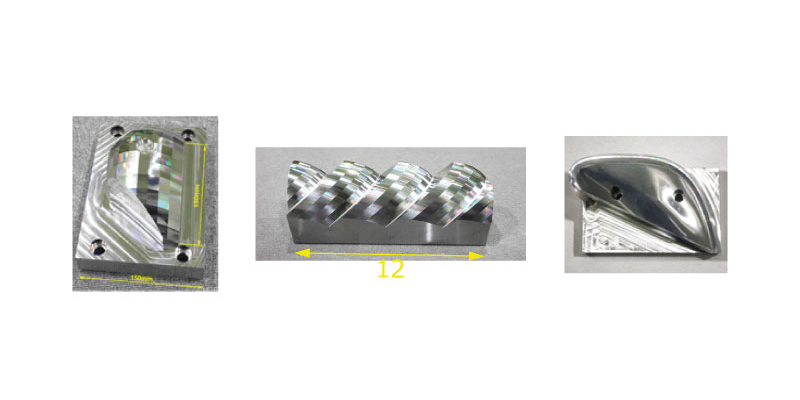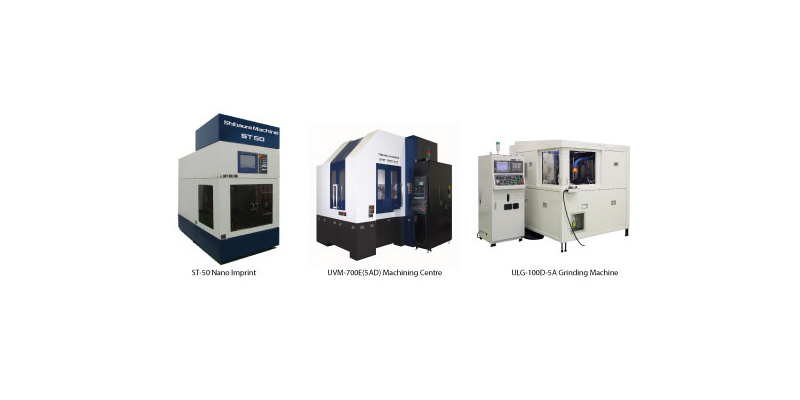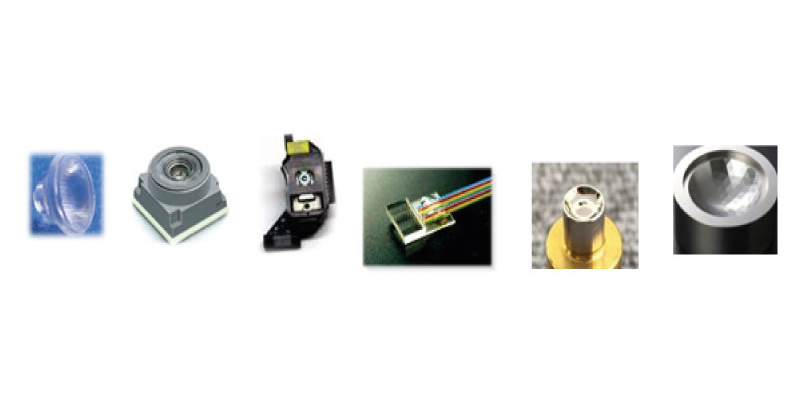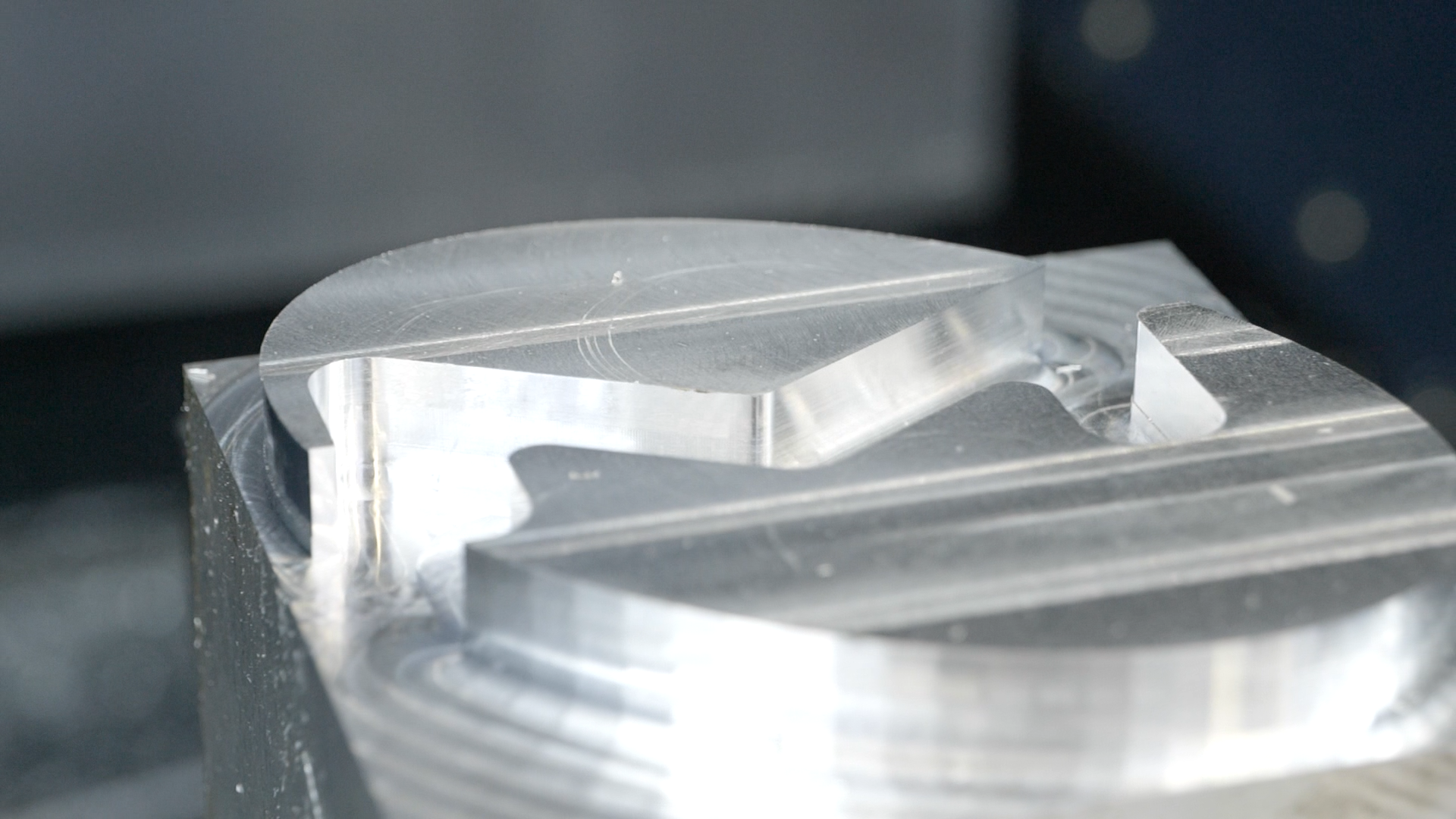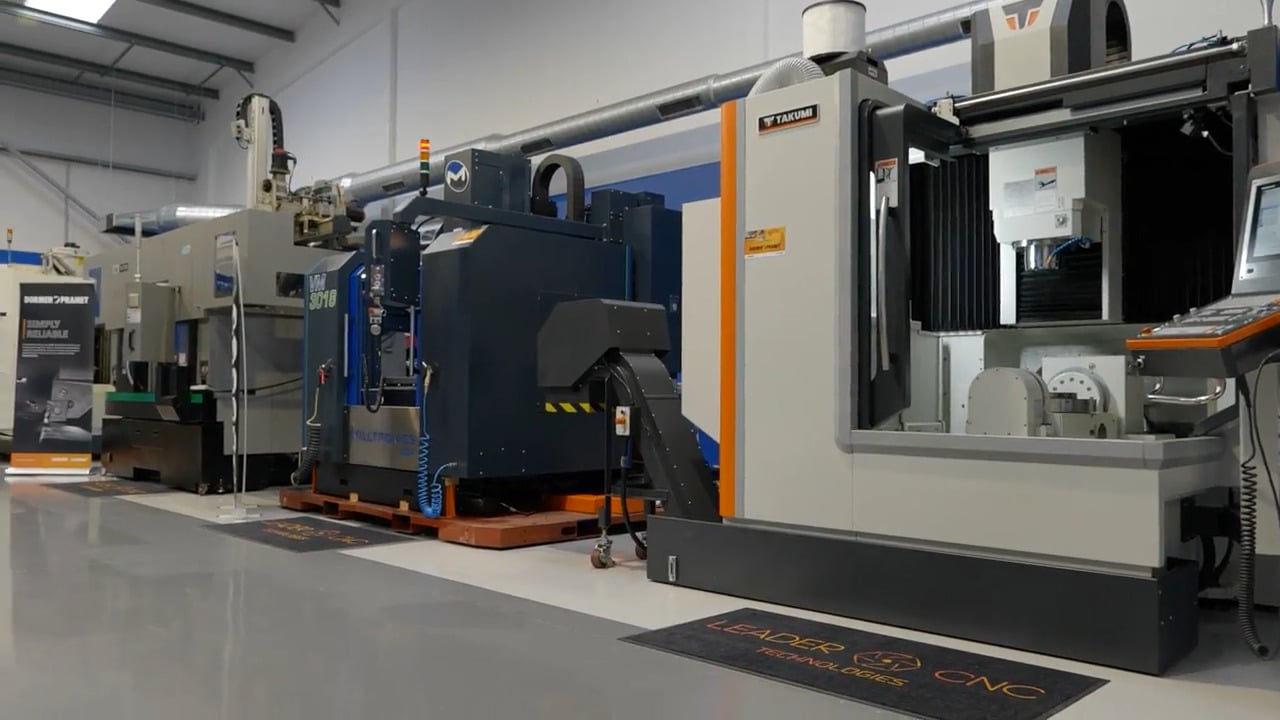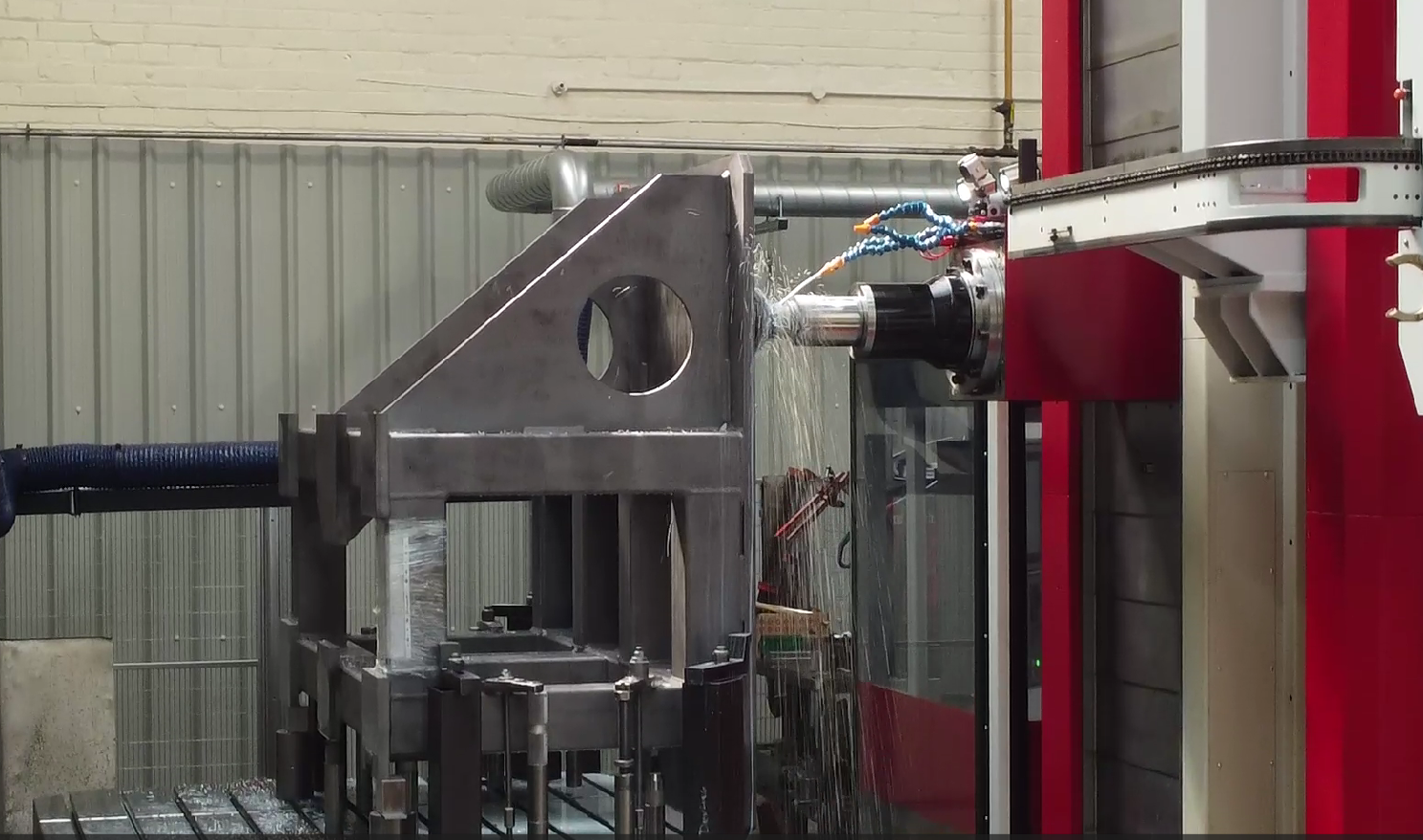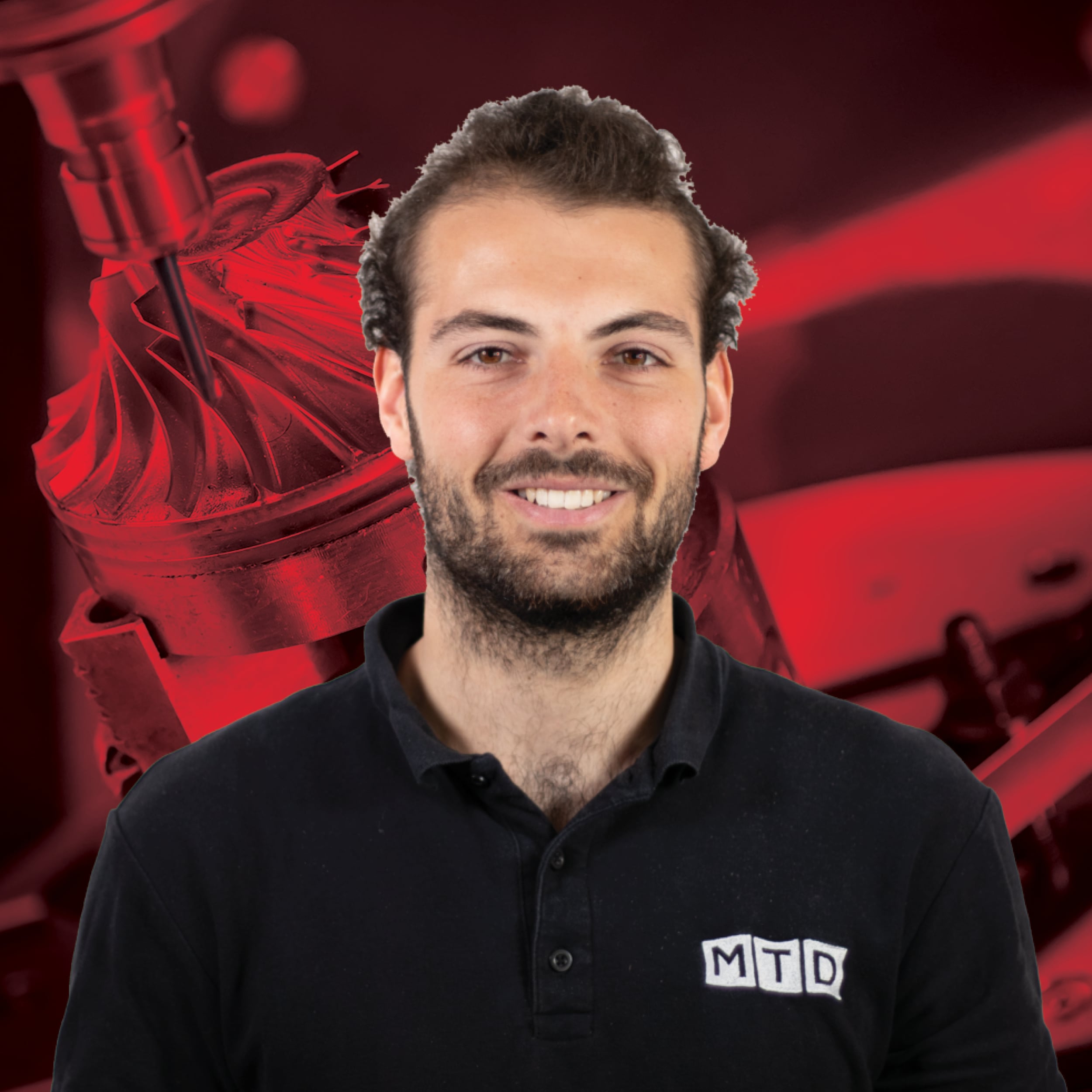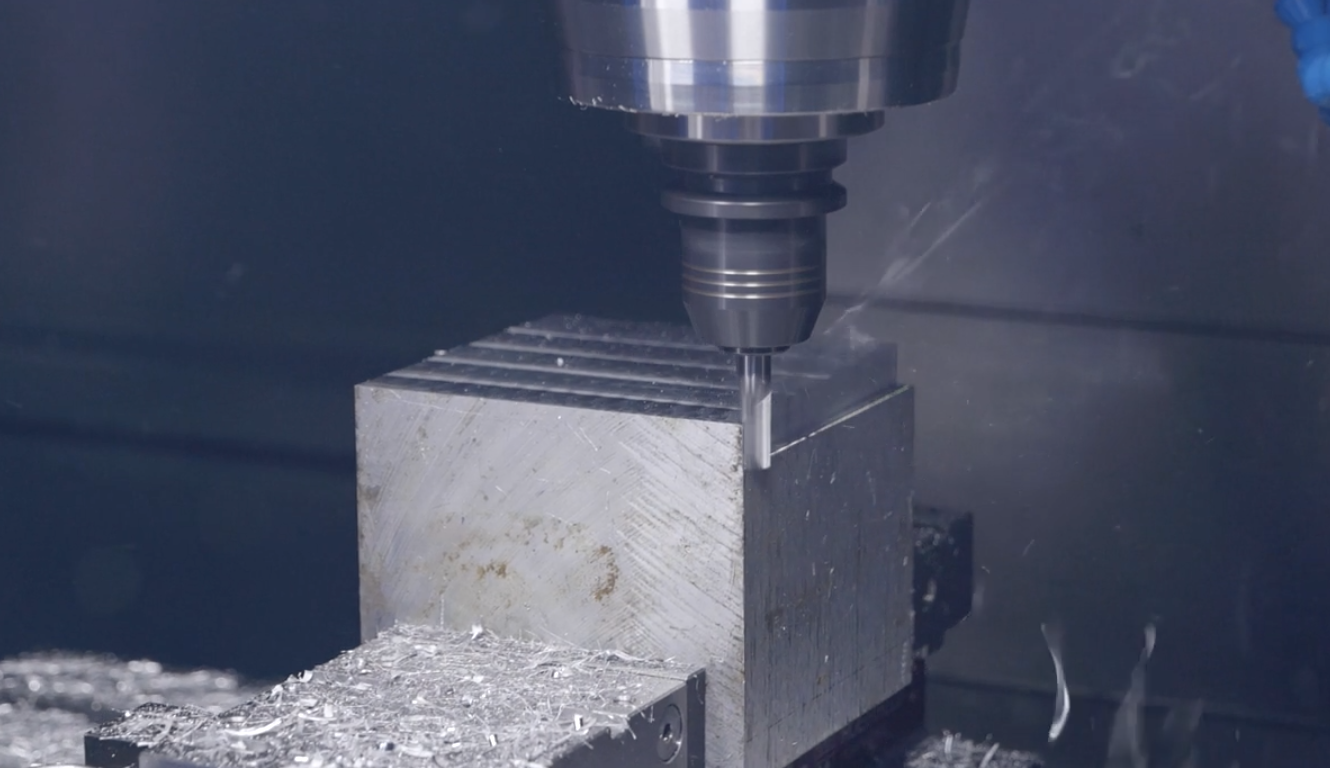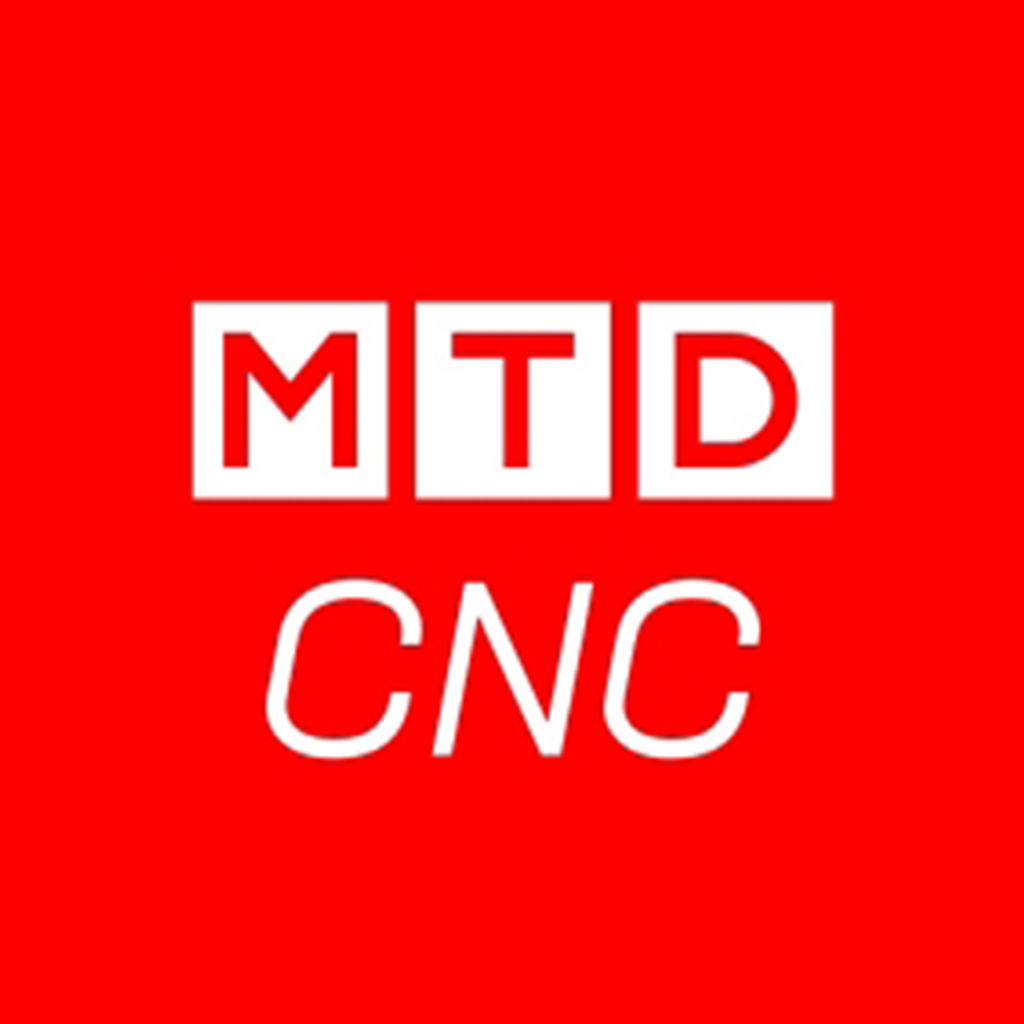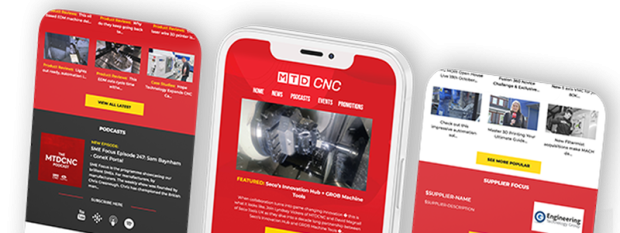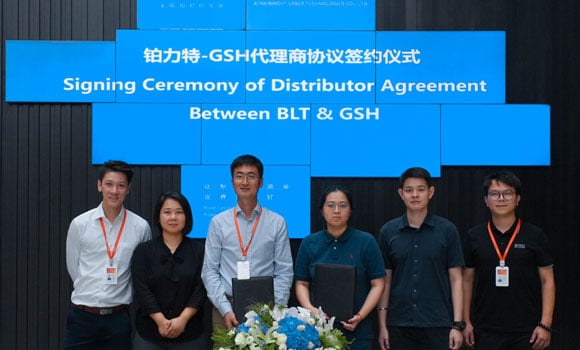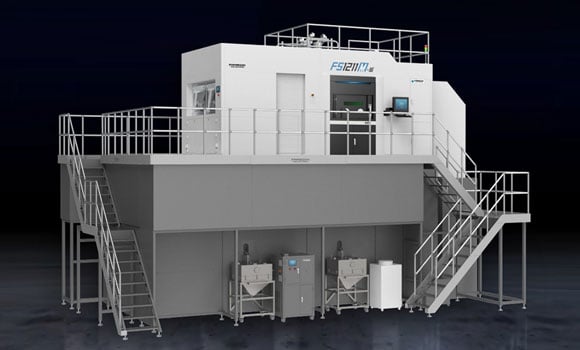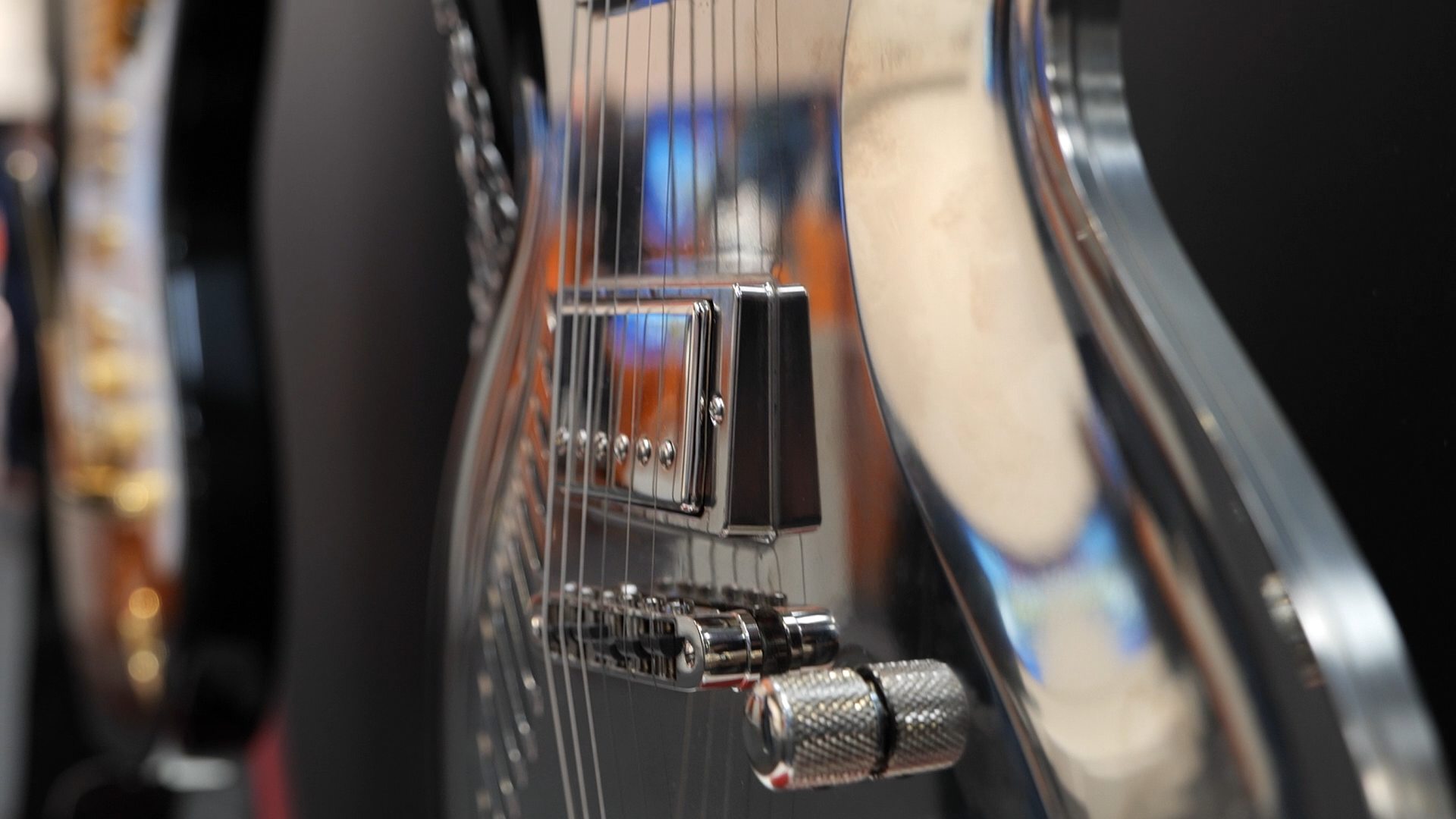
As new technologies, materials and products impose tighter controls on complex components, milling and grinding to sub-micron accuracies and mirror-like finishes are coming to the forefront. Shibaura Machine, formerly Toshiba Machine, envisaged these changes many decades ago and have since continued to develop and improve their range of super accurate Nano machine tools.
Ultra-precision machining comes with its own set of issues – the need for high mechanical rigidity, extremely high spindle speeds, optical sensor processing and correct tooling. Shibaura Machine have proved that, by introducing, developing and implementing new technologies and techniques as they are conceived, future possibilities appear endless.
Shibaura started working on high precision machining in-house as far back as 1977, experimenting with aerostatic bearing spindles, crystal diamond tooling and the influences of temperature on machines and whilst cutting. By 1981, they had produced optical mirror finishes on parts for scanners on laser printers. The introduction of magnetic heads for computer disks, requiring accuracies of 0.3µ on slow creep grinding, resulted in the use of built-in induction motors on a slicing machine, with 1,200 units delivered in the first 6 years of its introduction. The newest models meet the demanding accuracies required on producing V-grooves in 5G substrates.
Work then also continued on introducing linear motor drives and improvements on other machine tool elements like tool changers, chillers and other attachments. By 1990, as an alternative to electro discharge machining (EDM), experiments were conducted on milling moulds & dies at high speeds, with constant improvements leading to the latest range of ultra-high speed of UVM models.
For special applications on multi-part hard metal moulds and laminated sheets, a number of larger bespoke machines, including vertical lathes, double column machines and grooving lathes, were supplied – these using hydrostatic bearings. The use of these larger machine models has diminished with greater use of LED and similar technology, generally requiring smaller individual but more complex components.
In recent years, many smaller components traditionally made of glass, like car lenses, reflectors and optical devices, have been replaced by modern plastics. As these parts tend to be larger and cannot be polished like glass, but still require a first-class surface finish, Shibaura have built larger Nano machines to include full 5-axis machining.
The latest range of Nano machines for moulds & dies cater for parts up to Ø500mm weighing up to 200kg.
Shibaura Machine also supply milling and grinding machines for the manufacture of tiny components like aspherical camera lenses for smartphones, head-up displays, hard disk drives, security and dashboard cameras.
As part of the requirement to imprint micro-patterns on tiny glass and resin board components used in IT, electronics, biotechnology and enegy sectors, Shibaura have developed Nano Imprint machines capable of transcribing and printing patterns measurable in microns and nanometers.
Shibaura will be attending EMO in Milan from 4 – 9 October 2021 and will be pleased to discuss their Nano machine range and capabilities. Details are also available from Leader CNC Technologies who, as European Main Dealer, have represented Shibaura (Toshiba) for over 30 years.
For more information on the Shibaura range visit – www.leadercnc.co.uk/shibaura or alternatively follow us on our social media channels below.
Linkedin – www.linkedin.com/company/leader-cnc-technologies
Facebook – www.facebook.com/Leader-CNC-Technologies
Twitter – www.twitter.com/LeaderCNCTech

